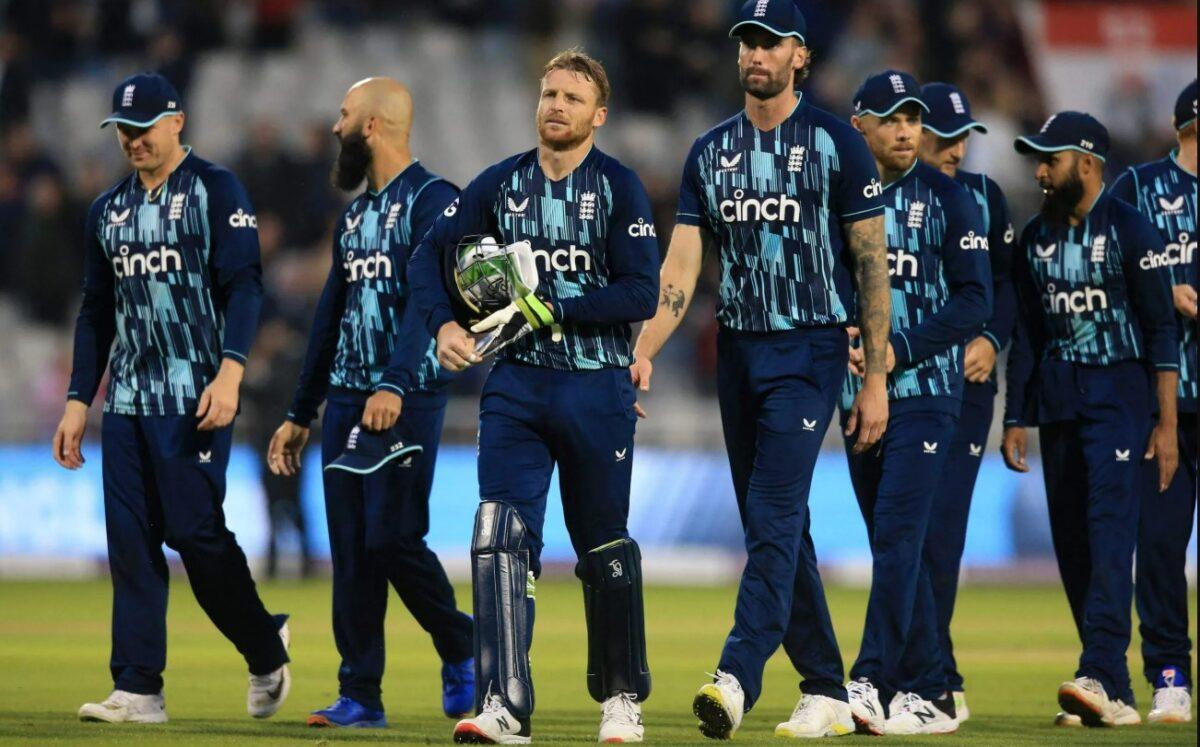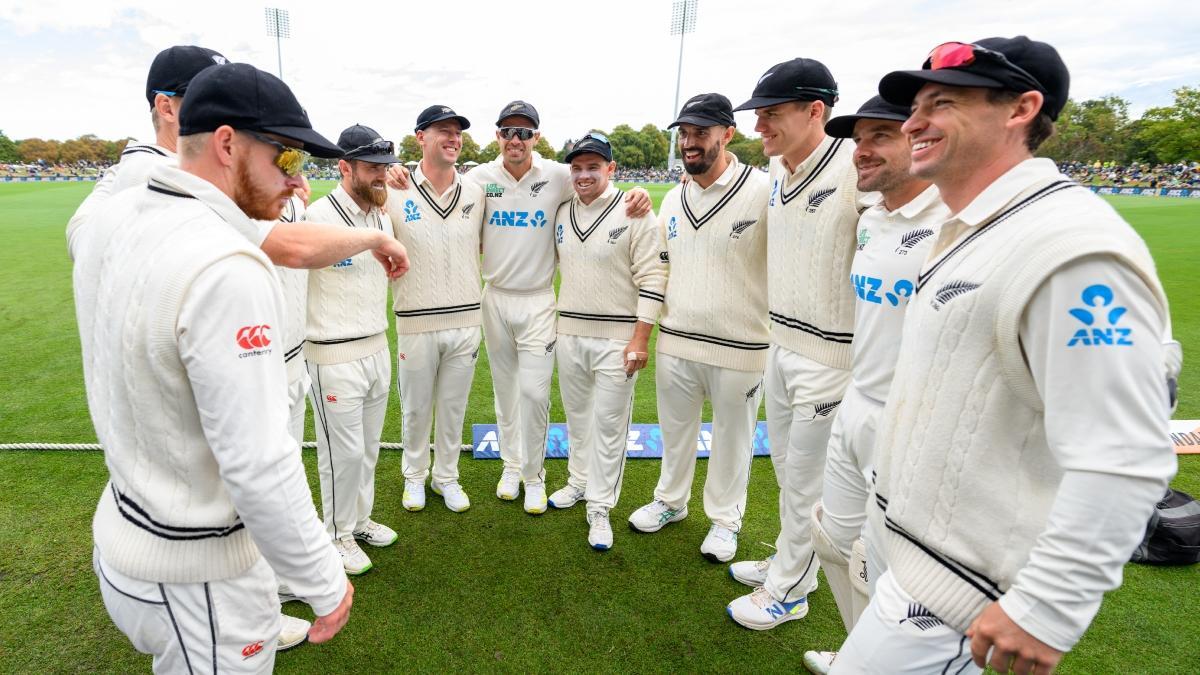Emerging as the winners in the the 2019 Cricket World Cup, the England Cricket Team left a blazing trail of victories and renewed hope for their supporters. Four years later, England find themselves at the bottom of the points table, sitting at the 9th position. The England Cricket team has seen a stunning decline in form, rekindling the angst of previous years of unfulfilled promise and failed expectations.
The English cricket team’s performance in the ODI format has left many perplexed, since they went from the pinnacle of their game to an unexpected and swift decline. This has sparked discussions and disputes concerning the causes behind their downfall.
We are going to explore the factors that contributed to this drastic change in the fortunes of the English cricket team, providing a comprehensive overview of their journey from the pinnacle of success to a disappointing drop in form. The analysis will be undertaken with a purview of offering insights into the challenging situations faced by the England Cricket Board (ECB) in the aftermath of this downward spiral.
England’s victory in the 2019 Cricket World Cup was nothing short of breathtaking, a peak in their ODI history that saw them crowned champions for the first time. The spectacular win over New Zealand was the culmination of a dedicated four-year focus on redefining their game, with the six balls of the tie-breaking super over standing as a testament to their unwavering commitment and sporting prowess.
Yet, in the aftermath of this monumental success, the team experienced a rapid and unexpected downfall in form and performance. A cascade of losses against teams like New Zealand, Afghanistan, and South Africa raised questions about the reasons behind such an abrupt collapse.
One of the chief culprits was poor decision-making, particularly during their face-off against South Africa, where the decision to bowl in unfavorable weather conditions backfired dramatically. In addition, England’s worst ever defeat in ODI against South Africa by a staggering 229 runs echoed a shocking similarity to their 2015 World Cup debacle, highlighting an alarming return to past failures.
Chopping and changing players, and age seemed to be important factors; the team struggled for new-ball penetration, exposing an ageing side’s vulnerabilities despite Reece Topley’s efforts, who was later ruled out due to injuries.
England’s ODI downturn requires a fresh rethink. Having revamped their game after a disaster in 2015, the grim reality of their current losses underscores the necessity of a new strategy going forward.
The decline of the England Cricket team in ODI format after the triumph of the 2019 Cricket World Cup has been primarily attributed to a range of factors, including a lack of well-rounded performances, an aging core of the team, and the absence of promising young players.
Firstly, England’s performance has been inconsistent and uneven since their victory in 2019, with various games evidencing an inability to sustain comprehensive, all-round performances. An overreliance on certain key players has also been exposed, with lack of contributions from others leading to a visible imbalance in the team’s performance.
Secondly, an aging core of key players, such as Eoin Morgan and Joe Root, has increasingly come into focus. Although these players were pivotal in the 2019 victory, signs of decline due to age and physical strain have become more apparent. Lastly, the conspicuous absence of quality young players has started to hurt the team’s prospects. Critics argue that England’s senior players are not being adequately replaced by younger talent because of a lack of exposure to 50 overs cricket at the domestic level.
This is increasingly a concern, as evidenced by the words of Joe Root who argued for more 50-over cricket at both domestic and international levels to ensure England’s competitiveness in future World Cups. The inauguration of the Hundred format in 2021 saw fewer players take part in the Royal One Day Cup and instead focus their attention of lucrative contracts the Hundred was offering.
The England Cricket Board (ECB) has ample options to rejuvenate the team following their downfall after the 2019 Cricket World Cup in the ODI format. One of the main balancing factors lies in the investment and nurturing of young talent. The ECB’s five-year plan, known as ‘Inspiring Generations’ envisions fostering long-lasting relationships with the sport from an early age, transcending generations. This blueprint stretches from grassroots to professional levels, emphasizing the importance of county age groups, and releasing a Talent Development framework.
Moreover, creating separate squads for Test, ODI and T20I seems to be an important note to be taken by the selectors as the players workload be handled better and they do not need to come and go out of retirement to manage their heavy workload.
In conclusion, the triumph of the England Cricket team in the 2019 Cricket World Cup in the ODI format has ironically been followed by an unsettling downfall in their performance, marking a tumultuous period in English cricket.
This deteriorating trend has brought to light several factors contributing to the team’s recent failures, including injuries to key players, lack of consistent and strong leadership, inadequate preparation, and a failure to adapt to changing game conditions. It will be interesting to see how England will bounce back in the ODI format, or whether the ODI format will even continue as their have been talks in the ICC to discontinue the ODI format to make the other formats such as Test and T20 cricket relevant.
See also: Jharkhand Women’s Asian Champions Trophy Ranchi 2023 to be broadcast LIVE on Sony Sports Network.






